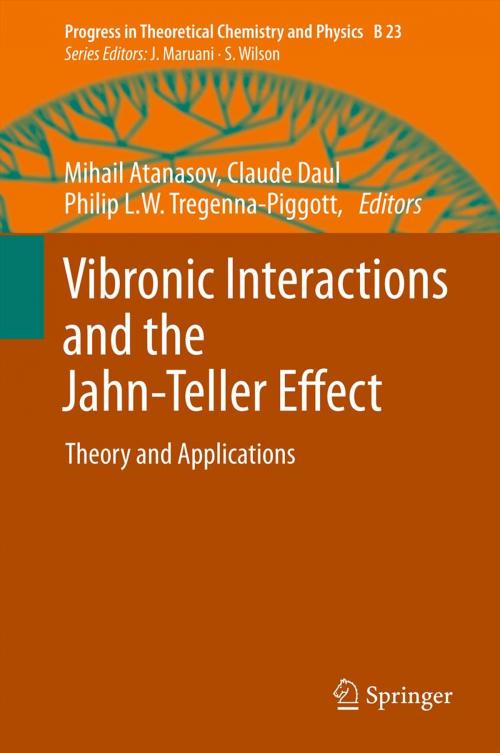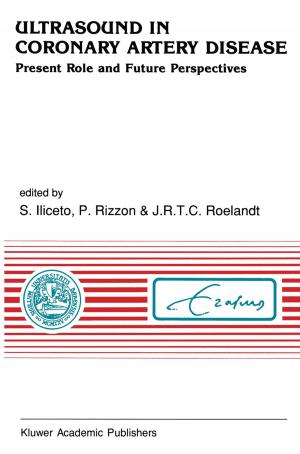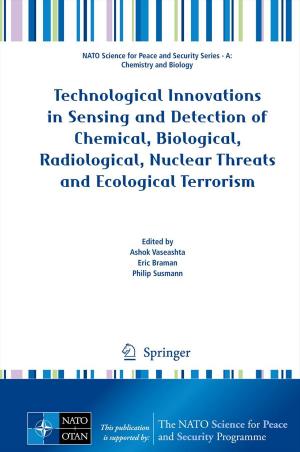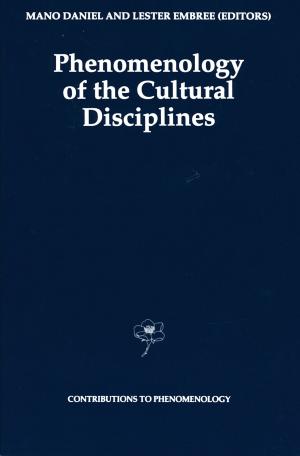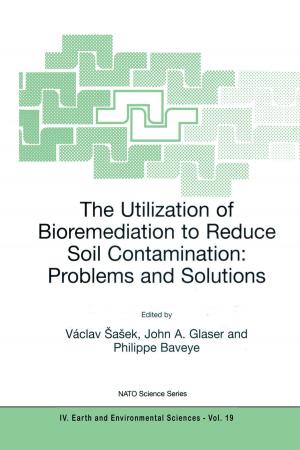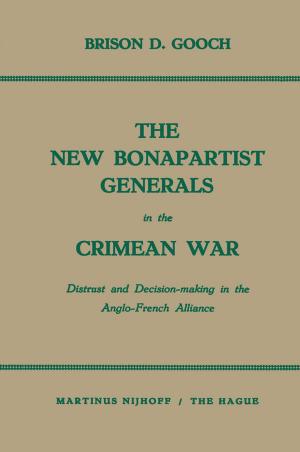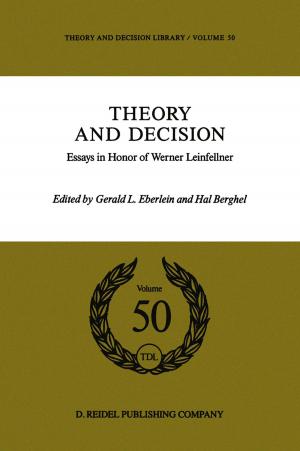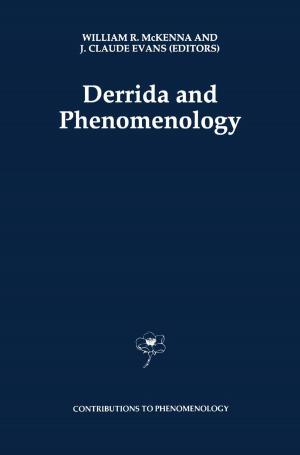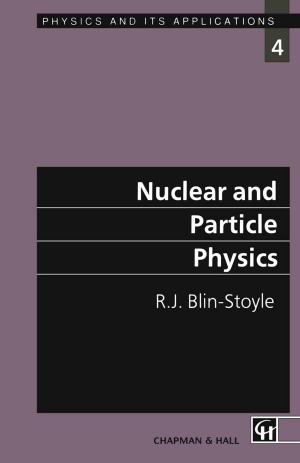Vibronic Interactions and the Jahn-Teller Effect
Theory and Applications
Nonfiction, Science & Nature, Science, Physics, Solid State Physics, Chemistry, Physical & Theoretical| Author: | ISBN: | 9789400723849 | |
| Publisher: | Springer Netherlands | Publication: | November 23, 2011 |
| Imprint: | Springer | Language: | English |
| Author: | |
| ISBN: | 9789400723849 |
| Publisher: | Springer Netherlands |
| Publication: | November 23, 2011 |
| Imprint: | Springer |
| Language: | English |
The concepts of the Jahn-Teller effect and vibronic coupling are being applied to more and more systems in both chemistry and physics. Aspects of structural chemistry such as the distortion of the nuclear framework to a lower-symmetry conformation have received an increasing attention, as well as the dynamics on the coupled potential energy surfaces.
The Jahn-Teller intersections are now recognized as prototype cases of conical intersections where the nuclear motion is known to be inherently nonadiabatic in nature and interchanges freely between the different potential energy surfaces. In the condensed phase especially, the significance of the Jahn-Teller effect has been increasingly appreciated, following the discovery of superconductivity in the fullerides and of very large ("colossal") magnetoresistance in the manganite perovskites. Indeed, these materials are particularly challenging since the Jahn-Teller interaction competes with electronic correlation effects.
Vibronic Interactions and the Jahn-Teller Effect: Theory and Applications provides an in-depth discussion of the Jahn-Teller effect and vibronic interactions as reflected by the contributions presented at the XX International Conference on the Jahn-Teller effect, Fribourg, Switzerland, 2010. The following topics have been treated in a clear and concise way:
• Complex topologies of Jahn-Teller effect and conical intersections
• Multi-state vibronic interactions on strongly coupled potential energy surfaces
• Interplay of vibronic and spin-orbit coupling
• Strain in Jahn-Teller systems and cooperative Jahn-Teller effect
• Orbital ordering and its relation to ferromagnetism, ferroelectricity and molecular magnets
• The Jahn-Teller effect in icosahedral systems
• The Jahn-Teller effect and high temperature superconductivity
This book is of interest to a wide audience including academic and industrial theoretical and experimental physicists, chemists, spectroscopists, and crystallographers.
The concepts of the Jahn-Teller effect and vibronic coupling are being applied to more and more systems in both chemistry and physics. Aspects of structural chemistry such as the distortion of the nuclear framework to a lower-symmetry conformation have received an increasing attention, as well as the dynamics on the coupled potential energy surfaces.
The Jahn-Teller intersections are now recognized as prototype cases of conical intersections where the nuclear motion is known to be inherently nonadiabatic in nature and interchanges freely between the different potential energy surfaces. In the condensed phase especially, the significance of the Jahn-Teller effect has been increasingly appreciated, following the discovery of superconductivity in the fullerides and of very large ("colossal") magnetoresistance in the manganite perovskites. Indeed, these materials are particularly challenging since the Jahn-Teller interaction competes with electronic correlation effects.
Vibronic Interactions and the Jahn-Teller Effect: Theory and Applications provides an in-depth discussion of the Jahn-Teller effect and vibronic interactions as reflected by the contributions presented at the XX International Conference on the Jahn-Teller effect, Fribourg, Switzerland, 2010. The following topics have been treated in a clear and concise way:
• Complex topologies of Jahn-Teller effect and conical intersections
• Multi-state vibronic interactions on strongly coupled potential energy surfaces
• Interplay of vibronic and spin-orbit coupling
• Strain in Jahn-Teller systems and cooperative Jahn-Teller effect
• Orbital ordering and its relation to ferromagnetism, ferroelectricity and molecular magnets
• The Jahn-Teller effect in icosahedral systems
• The Jahn-Teller effect and high temperature superconductivity
This book is of interest to a wide audience including academic and industrial theoretical and experimental physicists, chemists, spectroscopists, and crystallographers.
